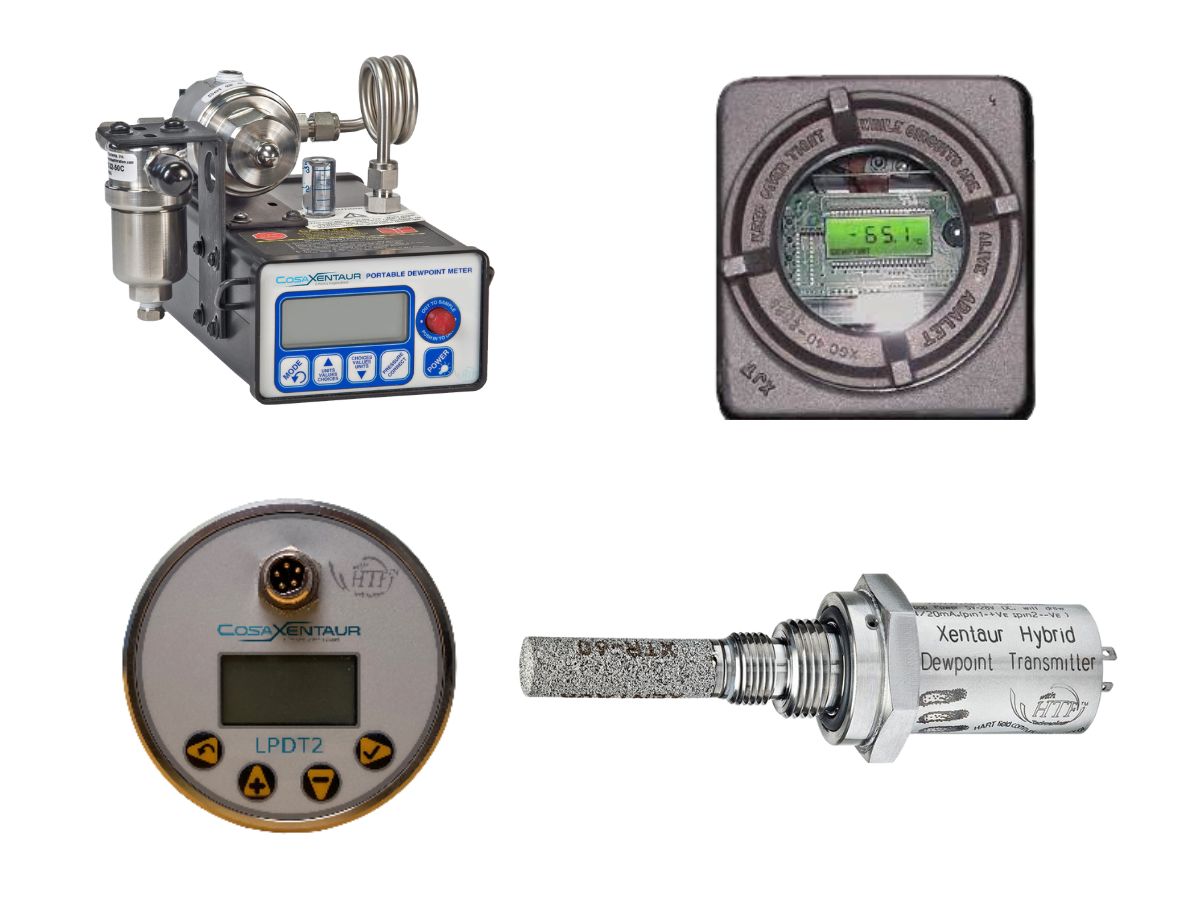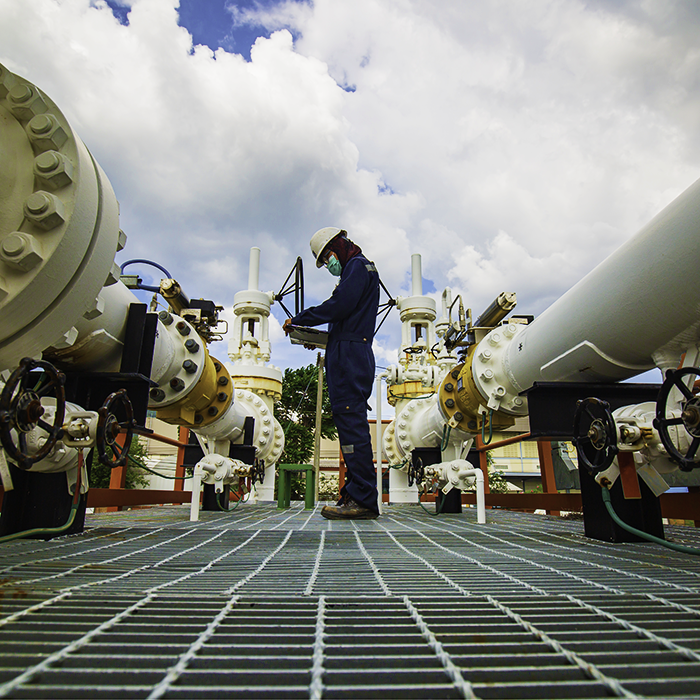Which Dew Point Transmitter is Best For Your Process?
Finding the right dew point transmitter can be a challenge – but not anymore! Learn what features you should consider in this guide.
Make Sure It Delivers Accurate Results
It’s paramount to pick a dew point transmitter that delivers accurate results. Quality digital models use advanced sensing technologies and self-calibration to ensure measurements are correct. For further peace of mind, highly accurate models often come with error indications for greater reliability. Make sure you check the specs of each model before making your purchase to ensure the accuracy meets or exceeds your expectations.
Choose a Model That Is Compatible with Your Existing System
To avoid any unexpected compatibility issues, make sure the dew point transmitter you pick is designed to work with existing systems. This means it should be compatible with your power supplies, as well as your organization’s current measurements such as humidity and pressure. The model should also come with the proper connection hardware or software for programing and reading out data.
Look for Models With Reasonable Sensor Life Expectancy
A quality dew point transmitter should have a reasonable sensor life expectancy. This means that the device should last for the duration of its warranty and should not require frequent replacements or maintenance. Check for devices with longer warranties to maximize value and make sure you are getting a quality product that will offer reliable performance for years to come.
Investing in a quality dew point transmitter requires research and understanding what you’re looking for. Use this guide to pick the ideal model today!
Consider Whether You Need an Encapsulated Unit For Additional Protection
Depending on your specific application, you may want to consider an encapsulated dew point transmitter for extra protection from the elements. These units come with a sealed housing that helps keep out dust and moisture. If you are working in particularly wet or dirty environments, this could be crucial in ensuring the accurate measurement of humidity levels is maintained. Additionally, encapsulated units can help protect from sudden shocks or impacts that could otherwise damage the device.
Pay Attention to Operating Temperature and Pressure Requirements
Not all dew point transmitters are created equal, and the environment in which you plan to install a transmitter can also have an impact on its performance. This is why it’s important to consider operating temperature, pressure, and other installation conditions when selecting a dew point transmitter. Some models may be able to handle wider temperature extremes while others may be limited in performance range. The model you select should work within your application’s ambient conditions for optimal sensor accuracy.
In summary, when choosing a dew point transmitter, it’s important to consider the specific needs of your application and select a transmitter that offers the best combination of accuracy, range, response time, stability, sensitivity, durability, calibration, and output options. With the right dew point transmitter, you can ensure accurate and reliable measurements of dew point, which can have a significant impact on your final product or process.





0 Comments